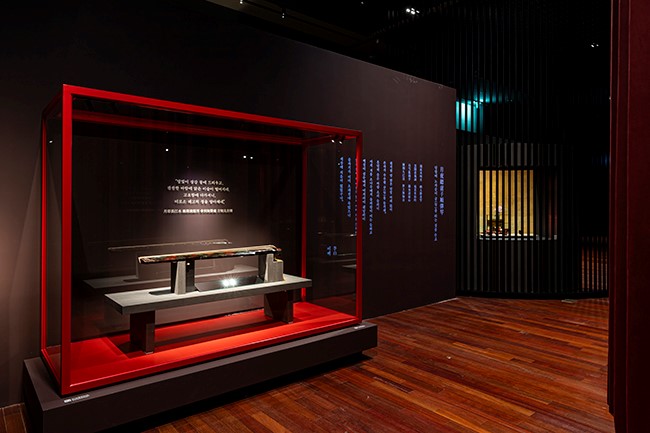
For thousands of years, the art of lacquerware has flourished across East Asia, transforming everyday objects into extraordinary works of art. Originating from China, this ancient craft has paved its way through Korea and Japan, producing everything from simple household items to intricate metal and wooden masterpieces.
To highlight the similar yet distinct beauty of lacquer in the three East Asian countries, the National Museum of Korea (NMK) is holding a special exhibition in Seoul with its counterpart museums — the National Museum of China and the Tokyo National Museum of Japan, showcasing 46 lacquerware pieces.
The exhibition, titled Lacquerware of East Asia, offers an opportunity to glimpse at the splendid crafts of the three countries based on lacquer culture. Ancient people often incorporated natural sap collected from lacquer trees, which are resistant to moisture and pests, into their crafts.
Visitors to the joint exhibition will first encounter Chinese lacquer pieces, tracing their evolution from ancient times through the Ming (1368-1644) to the Qing (1644-1911) dynasties. The following Korean section displays "najeonchilgi," or lacquerware inlaid with mother-of-pearl, from the 918-1392 Goryeo Kingdom and the 1392-1910 Joseon Kingdom. Japan's prominent lacquer technique is maki-e, which was significantly developed during the Heian period from the eighth to 12th century. The exhibition presents various maki-e lacquerware, including a sutra box with lotus pond design.
Since 2006, the NMK and its counterparts in China and Japan have held annual meetings to promote mutual cooperation and exchanges. They have been organizing joint special exhibitions every two years since 2012 in one of the three countries to introduce their cultures and enhance mutual understanding.
The exhibition runs until September 22, 2024.
Source: The Korea Times (abridged)
